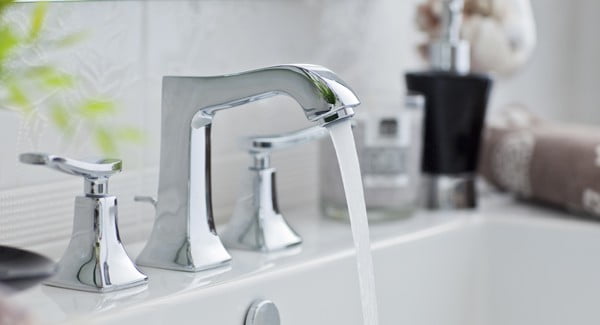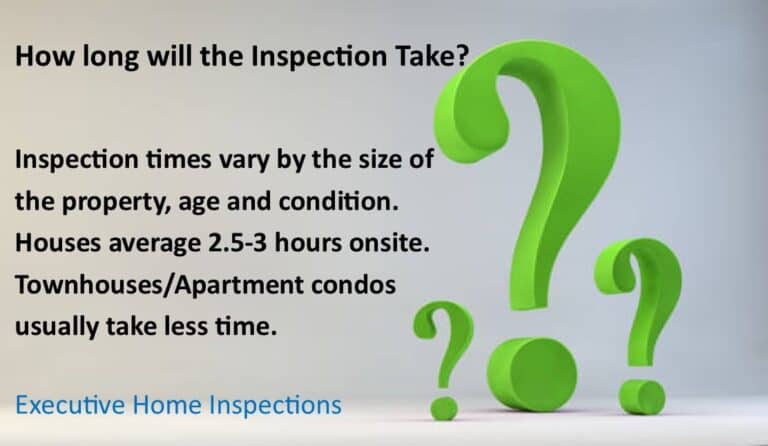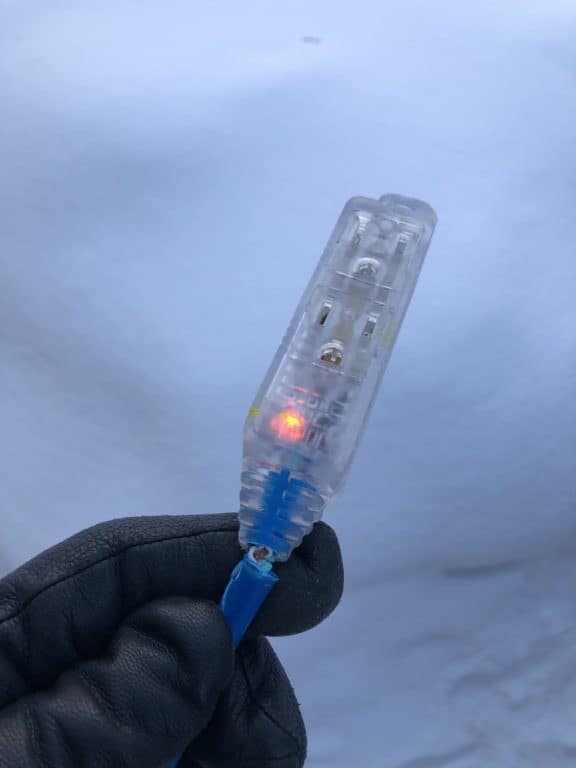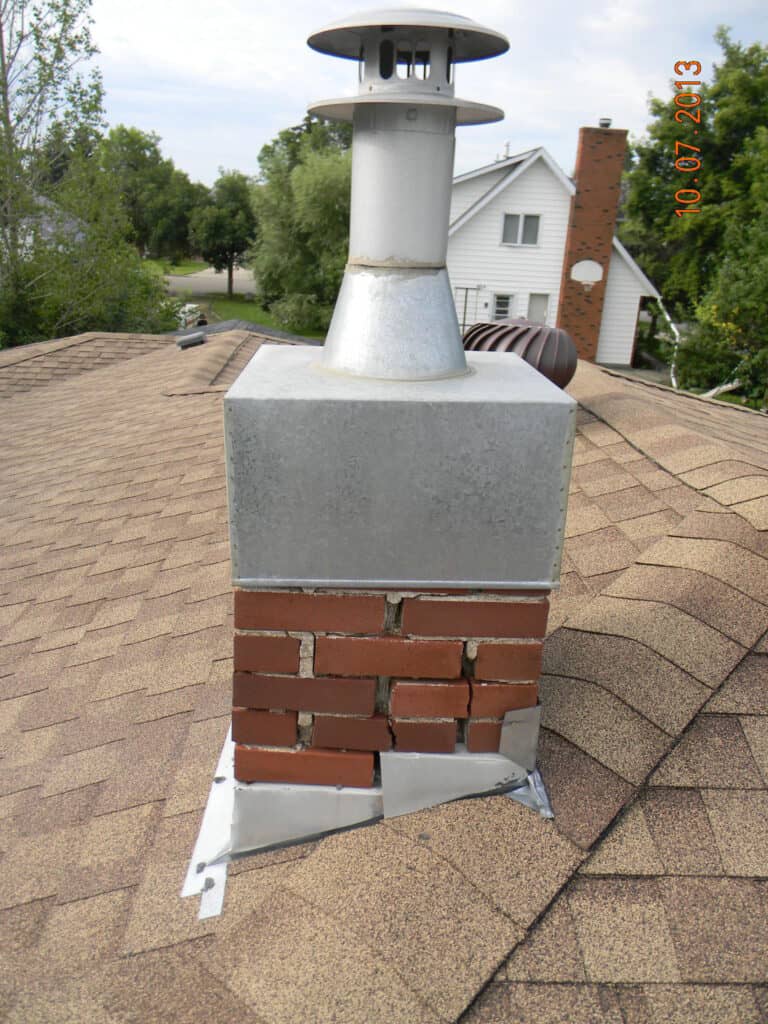
What does Poor grading mean?
The inspection report will include a section on the yard. Within this section, poor grading is an indication that there are issues with the ground level of the property. It can cause landscape problems such as erosion, standing water and poor drainage. It can also lead to structural foundation damage if the soil is not properly compacted around the house.
The inspector will assess the yard for poor grading by determining whether or not it is draining properly. They check for any low spots in which water pools instead of running away from the house, as well as high spots that could lead to poor drainage. Poor building practices can be another factor in poor grading. This includes improper fill dirt placement and a lack of compaction during construction.
In order to remedy this issue, it is important to address what is going on above and below the surface. Above the surface, poor sloping or drainage can be fixed with landscaping techniques such as adding topsoil or regrading the soil to create a more even slope. Underground, poor compaction of fill dirt can be remedied by adding additional layers of compacted material around the house’s foundation. If poor grading is not corrected, it can cause significant damage over time.
Slope is important
The grade should always slope away from the home. There should not be any areas of the yard where water forms pools after it rains.
It is important for homeowners to be aware of grading conditions in their yard and take steps to correct them before they lead to further issues. Properly assessing your property with an inspector and following through on any recommended repairs will help you protect your home from long-term structural damage caused by poor grading.
Click here for more information about home inspections





